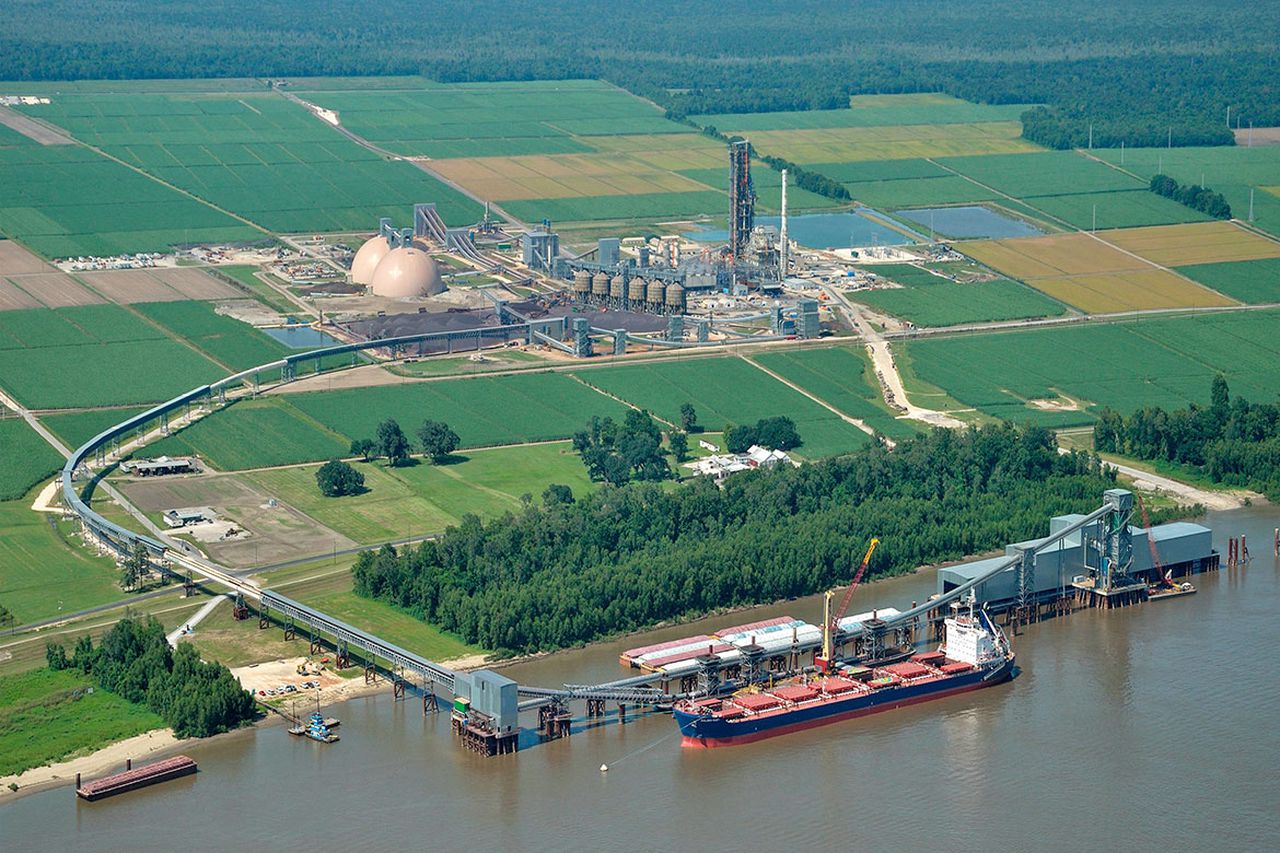We sacrifice people and regions for fossil fuels
I’ve returned from warm Northern California to chilly and wet South Alabama, swapping shorts for a fleece jacket. But as is the case in the South, you can’t predict anything. It’ll be 85 degrees here on Saturday. Ugh.
During my journey back from California, something awful happened. Hamas attacked Israel. While this newsletter is not focused on the Middle East, it’s important to recognize the severe environmental consequences of the military-industrial complex, war and how fossil fuels can be weaponized, as seen in the European conflict between Russia and Ukraine.
But there was something else that caught my eye.
On Oct. 10, President Biden condemned the attacks and said, “We stand with Israel. And we will make sure Israel has what it needs to take care of its citizens…”That seemed like the expected response given America’s foreign policy. I took a moment to reflect on Biden’s words.
I thought about the many overlooked low-income communities within the U.S. suffering from government neglect amidst the approval of seemingly never-ending fossil fuel projects that will spew pollution into these vulnerable places.
I don’t advocate choosing between international aid and domestic support; it’s possible for the world’s wealthiest nation to address both. However, I couldn’t help but notice the swift commitment to the safety of Israel’s citizens while millions in the U.S. receive no such assurances and continue to be forced to live alongside enormous petrochemical and liquid natural gas plants.
This week on the Meltdown, we’ll hear from one woman who has accused President Biden’s climate policies of destroying her Louisiana community.
The Nucor Steel Louisiana facility in Convent, St. James Parish, uses natural gas to manufacture iron from ore. Environmental groups fear it will install a coke oven as part of a future expansion that would release toxic pollutants into the air. The environmental groups have sued EPA to force it to strengthen regulations for such facilities.
Drizzle
Roishetta Sibley Ozane has lived in Sulphur, Louisiana, for 20 years. She’s raised six kids there. It’s a small city located between Baton Rouge and Houston, Texas, and could soon be home to the largest liquefied natural gas terminal in the United States.
The terminals, which produce less Co2 than coal and oil, can leak methane emissions, a potent greenhouse gas, that pose serious health risks to nearby communities. The construction of the terminals, which can be the size of 3,000 football fields, often disrupts ecosystems and can harm local wildlife habitats.
In her essay for Reckon, Ozane calls her city a “sacrifice zone,” which refers to populated areas with high levels of pollution and environmental hazards, like garbage dumps, fossil fuel extraction sites, power plants, and mines. It often affects low-income communities and those of color. It can also include areas where economic development has completely stopped.
“On most days in Sulphur, you don’t know what you are breathing,” she said. “Sometimes you wake up to the smell of chlorine, other days, it smells more like rotten eggs. These odors, combined with constant sight of the giant facilities that stretch across our waterways, are a constant reminder of the ways in which the oil and gas industry is killing my community and my own family.”
Her daughter woke up on the morning of her ninth birthday to find skin peeling off her hands. Her son was placed on life support after a seizure, which doctors traced to the presence of mercury in his kidneys. She believes both have already been harmed by the pollution in their city of 20,000 residents.
She campaigned for Biden during the presidential election, believing his people-first environmental policies would ease the burden on her communities and others like hers. She now believes that his climate policies are killing people.
Instead of following through on policies tackling environmental racism head-on, Biden’s administration approved the largest LNG plant in history.

Old vintage television isolated on dark background with no signal and grainy noise effect on the screen. Retro TVGetty Images/Cavan Images RF
Touch Grass
With conflicts raging in the Middle East and Europe, the news cycle might have left you anxious. It’s known that reading excessive amounts of trauma-related news is linked to depression, anxiety and post-traumatic stress symptoms.Here are some ways you can switch off and escape the horrors of the world, according to top experts.
- Read news that doesn’t involve pictures or videos, and avoid doomscrolling.
- Don’t expose yourself to trauma by re-watching the same news reports over and over, like 24-hour cable news channels.
- Keep yourself centered by going through your daily self-care practices, like exercising, eating well, engaging with nature, seeing friends, yoga and meditation.
- Help the affected people to soothe that feeling of helplessness. That can include donating or volunteering your time.

Four rotted carved pumpkins impaled on iron fence.Getty Images
Compost Dump
Take a deep breath and think about Halloween and pumpkins.
Every year in the United States, Americans go through billions of pumpkins. We carve them into all kinds of shapes, faces, and scenes. Then it’s over, and most end up in the trash. But there are plenty of sustainable alternatives.
This year, I’ll be donating mine to a chicken farm. Here are a bunch of ways you can repurpose your spooky-looking pumpkin, including composting, preparing recipes, or just keeping it out for fall decorations.
